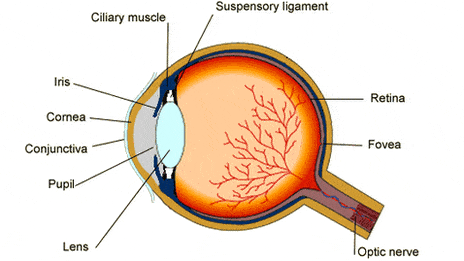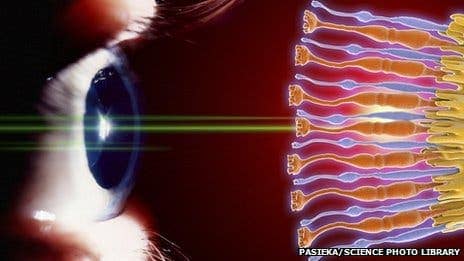Co-authors of the study Prof Keith Martin and Dr Barbara Lorber, from the John van Geest Centre for Brain Repair at the University of Cambridge say they have been able to successfully print new eye cells that could be used to treat sight loss.
Their research has been carried out so far only with animal cells, but the team says that this paves the way for ‘grow your own’ therapies for people with damage to the retina. What’s even more fascinating is that they basically printed the cells – using an inkjet printer, they printed two types of cells from the retina of adult rats―ganglion cells and glial cells.
A retinal ganglion cell (RGC) is a type of neuron located near the inner surface of the retina. They receive visual information from photoreceptors. Glial cells are non-neuronal cells that maintain homeostasis, form myelin, and provide support and protection for neurons in the brain and peripheral nervous system. Basically, these two types of cells transmit information from the eye to the brain and provide support and protection for the neurons. The printed cells not only functionally worked just as the original cells, but they also maintained their ability to survive and grow in culture.
“The loss of nerve cells in the retina is a feature of many blinding eye diseases. The retina is an exquisitely organised structure where the precise arrangement of cells in relation to one another is critical for effective visual function. Our study has shown, for the first time, that cells derived from the mature central nervous system, the eye, can be printed using a piezoelectric inkjet printer. Although our results are preliminary and much more work is still required, the aim is to develop this technology for use in retinal repair in the future.”, the authors explain.

They now plan to move on into even more sensitive cells – the rods and cones, the essential light-sensitive photoreceptors. Still, this research is in its infancy, and still has a lot of work to go before it can actually be considered in humans. Clara Eaglen, of the RNIB, said:
“Clearly it’s still at a very early stage and further research is needed to develop this technology for use in repairing the retina in humans. The key to this research, once the technology has moved on, will be how much useful vision is restored. Even a small bit of sight can make a real difference, for some people it could be the difference between leaving the house on their own or not. It could help boost people’s confidence and in turn their independence.”
Scientific Reference:
Barbara Lorber1, Wen-Kai Hsiao, Ian M Hutchings and Keith R Martin. Adult rat retinal ganglion cells and glia can be printed by piezoelectric inkjet printing. Biofabrication Journal. doi:10.1088/1758-5082/6/1/015001




